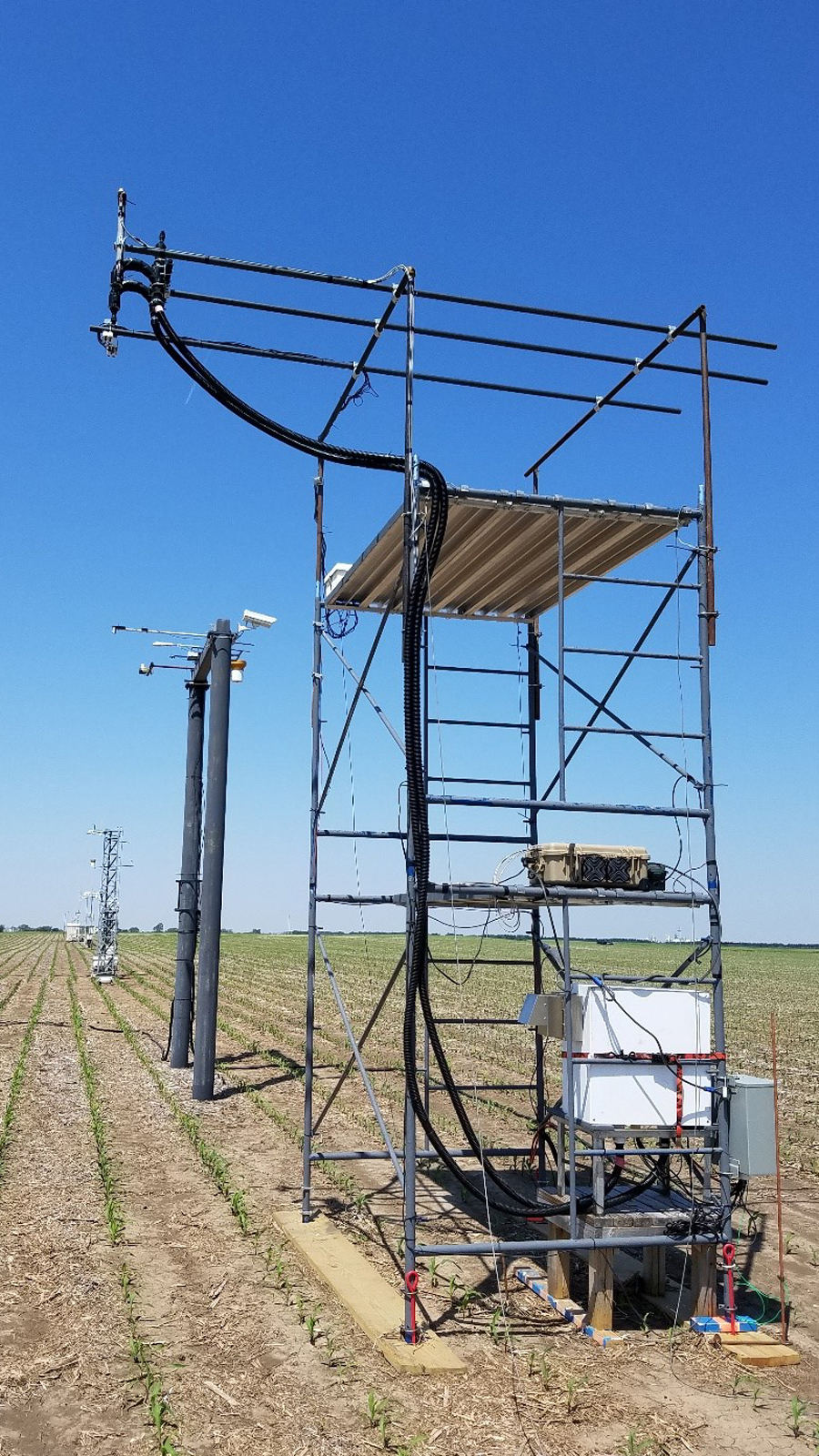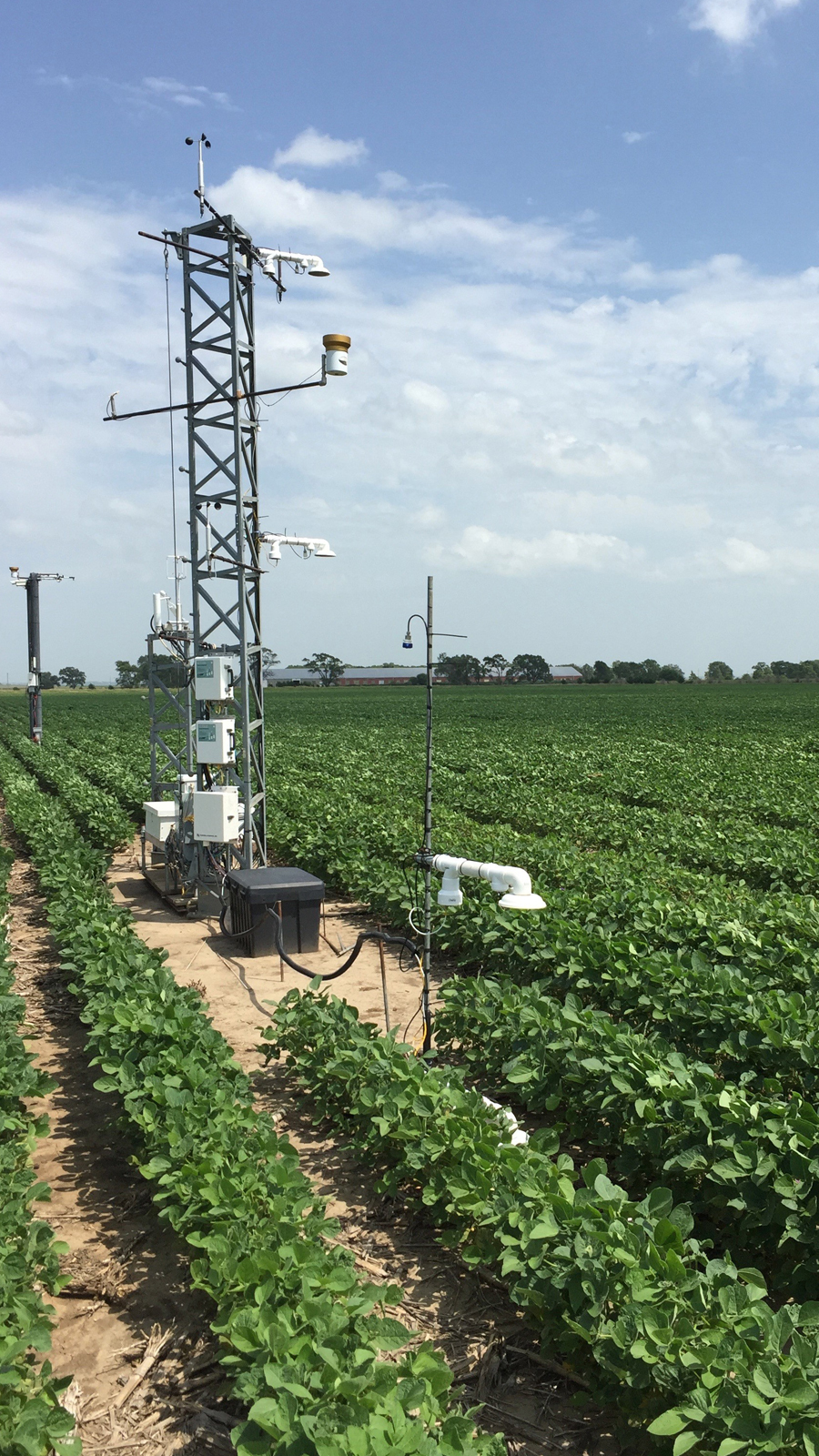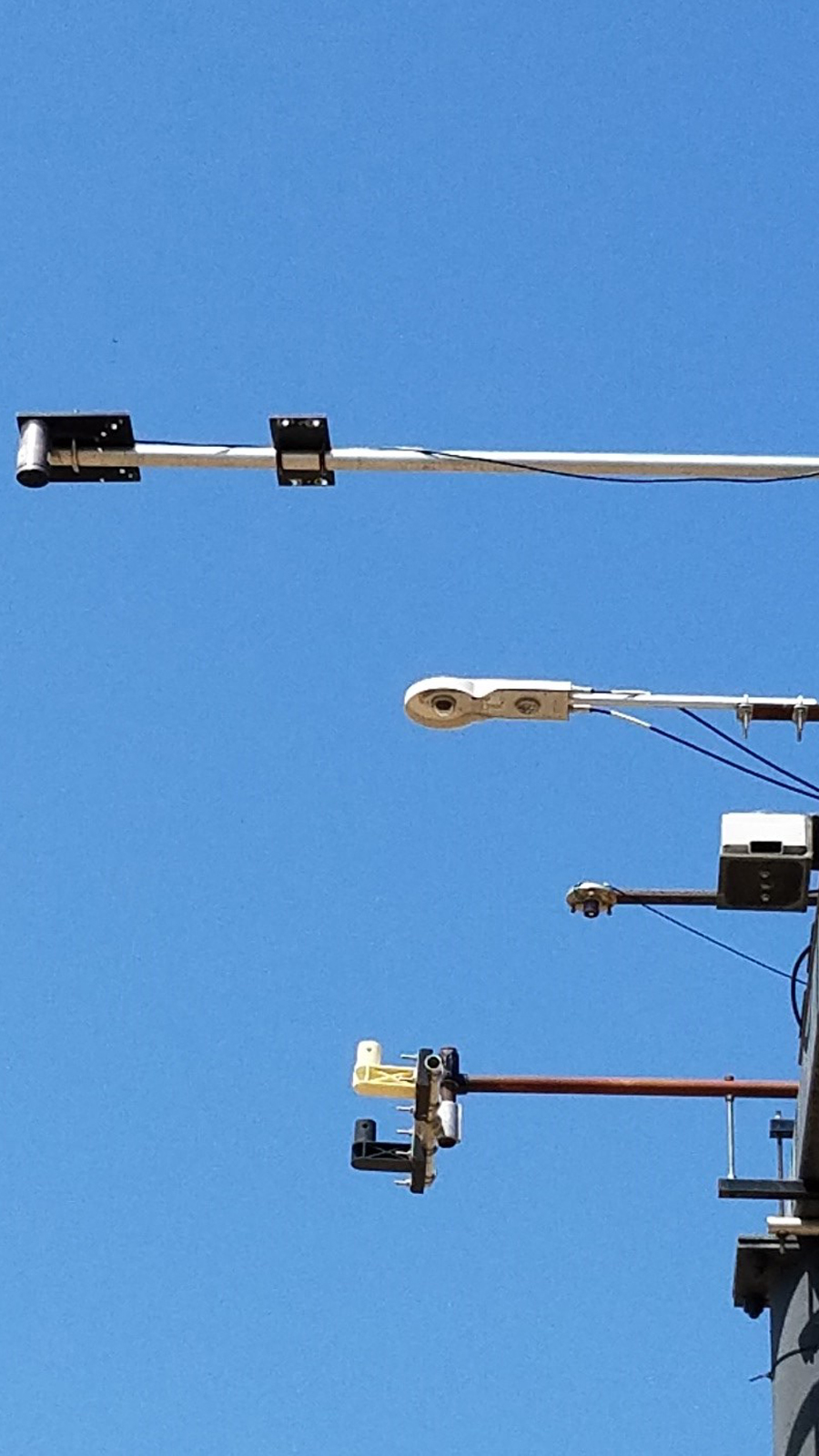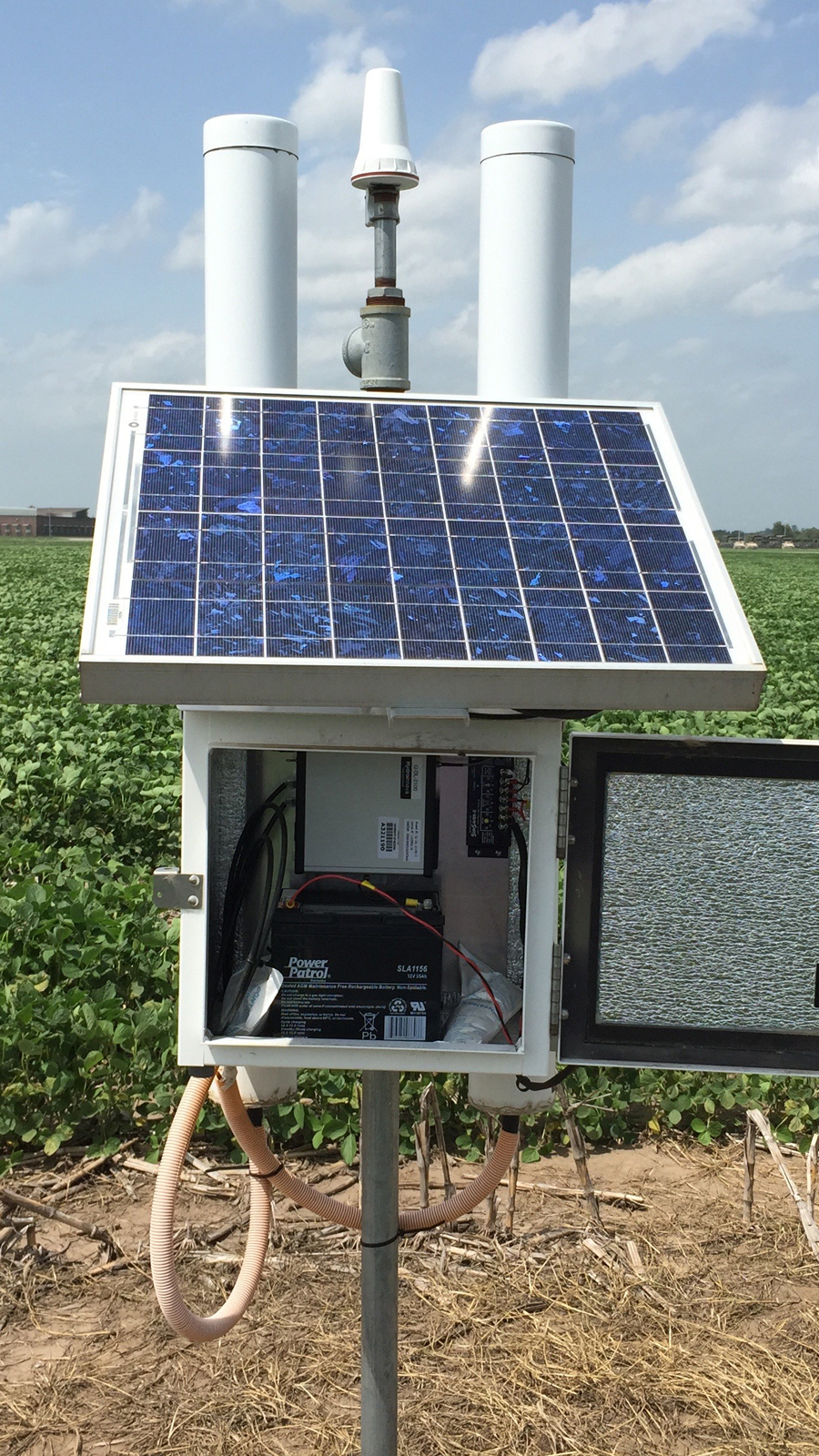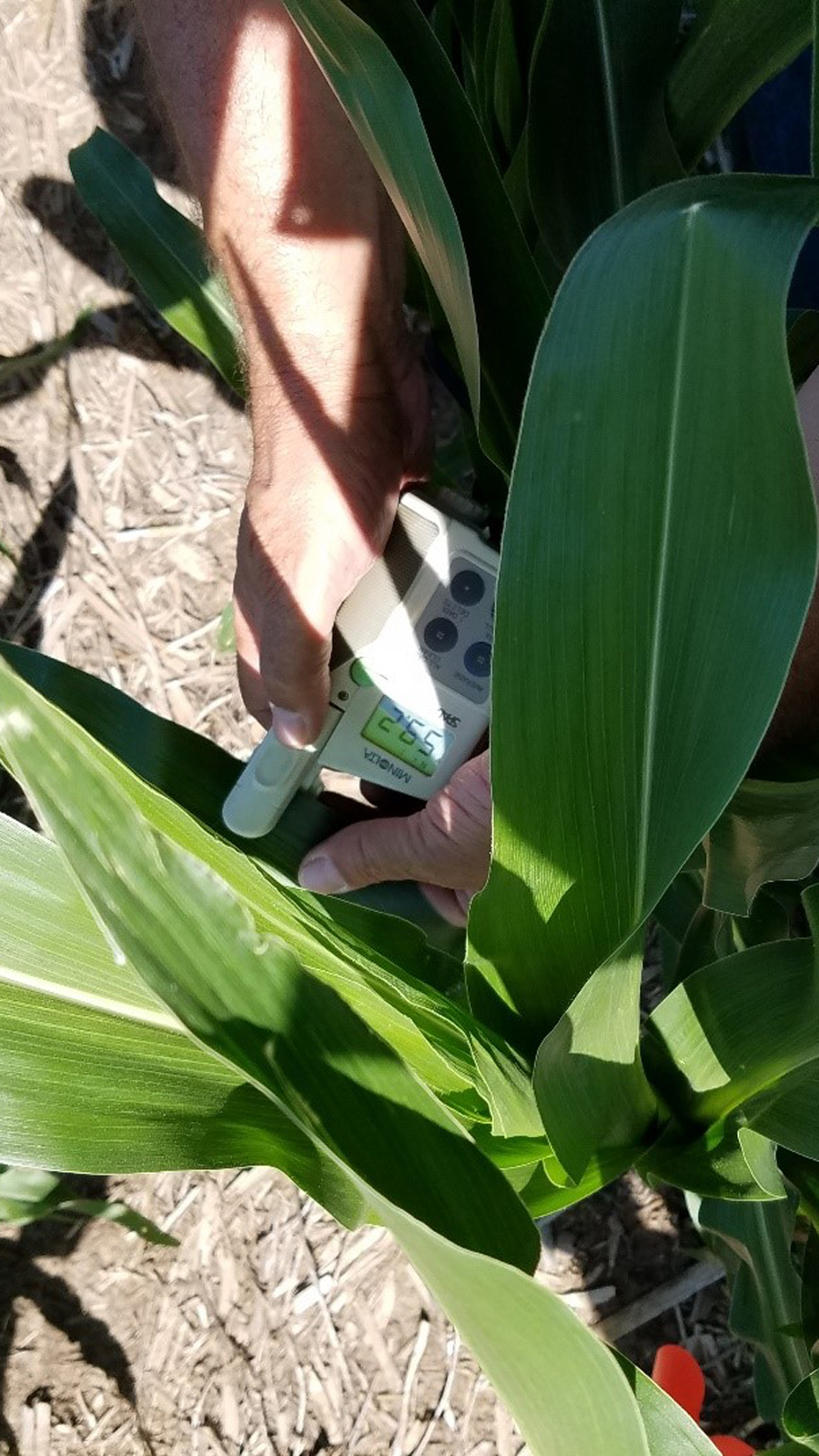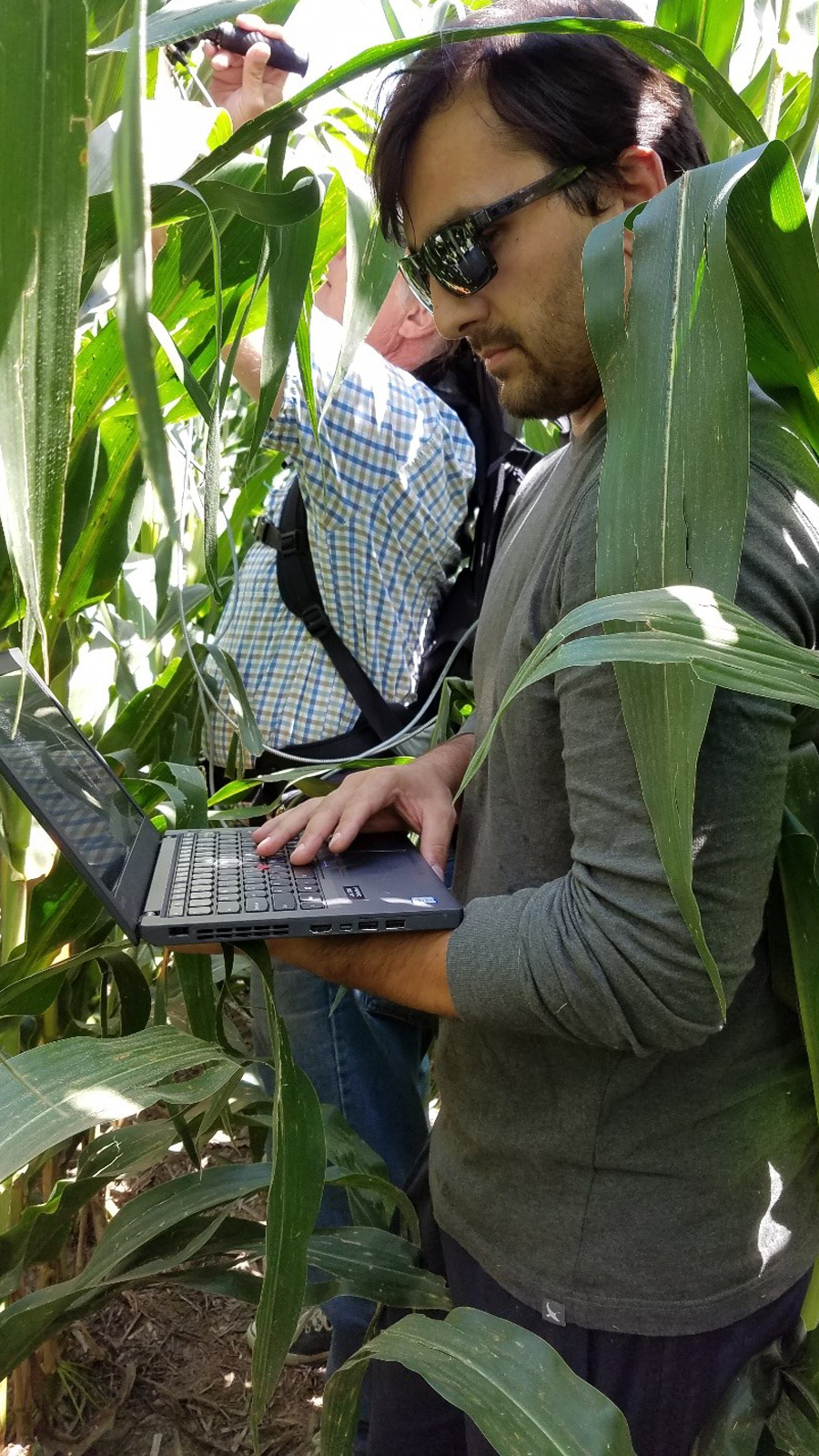Bio-Atmospheric Interactions Specialization in
Natural Resource Sciences Graduate Program
Available to both MS and PhD candidates.
The Bio-Atmospheric Interactions specialization provides students with a unique learning environment to promote an understanding of the interactions between the atmosphere and the biosphere. This specialization encourages cooperation among the community of scientists within the bio-atmospheric research area.
A related graduate degree program in Agronomy & Horticulture has a specialization in Agricultural Meteorology and selected faculty from the School of Natural Resources can advise potential students.
The study of bio-atmospheric interactions involves describing the state of the environment (atmospheric, vegetation and soil) by addressing mass (e.g., carbon, water vapor) and energy (radiative and heat) exchange between the biosphere and atmosphere. This understanding is useful to studies of biogeochemistry, atmosphere, remote sensing, hydrology and ecology. Measuring and modeling of the mass and energy fluxes is essential to understanding bio-atmospheric interactions.
The objectives of the specialization include:
- To understand the physical and biological processes that control energy and mass fluxes between the biosphere and the atmosphere (photon transfer through vegetation, evaporation, photosynthesis, plant and soil respiration, stomatal control, turbulence)
- To quantify temporal variations in fluxes
- To understand the variation in fluxes across spatial scales from leaf, canopy and field level, horizontally and vertically.
Faculty Point-of-Contact
If you are interested in the Bio-Atmospheric Interactions graduate specialization, please feel free to contact the following SNR faculty member:
Admission Requirements
- minimum of 12 graduate credit hours in bio-atmospheric interaction courses approved by student’s supervisory committee
- Required (9 hours):
- NRES 808 - Microclimate: The Biological Environment
- Six (6) additional hours in NRES bio-atmospheric interactions courses:
- NRES 907 - Agricultural Climatology
- NRES 869 - Bio-Atmospheric Intstrumentation
- NRES 852 - Climate and Society
- NRES 906 - Crop Growth and Yield Modeling
- NRES 867 - Global Climate Change
- NRES 808 - Microclimate: The Biological Environment
- NRES 854 - Regional Climatology
- NRES 908 - Solar Radiation Interactions at the Earth's Surface
- NRES 954 - Turbulent Transfer in the Atmospheric Surface Layer
- Undergraduate or Masters level course work may meet some of the course requirements listed above. However, the student wishing the bio-atmospheric interactions specialization is still required to take a minimum of nine hours of graduate level climatology, meteorology, biology, hydrology, remote sensing, GIS, or others courses related to bio-atmospheric sciences.
- thesis or dissertation research topic in Bio-Atmospheric Interactions
- In addition to the SNR’s minimum admission requirements, the student should have an appropriate science background. This minimum background should include 2 semesters of calculus and 2 semesters of physics.
Please see our entrance requirements and application procedure pages for more information about our admission and application expectations for graduate degree candidates.
Students with this specialization may find employment in teaching, research or applied fields. Possible jobs for students completing the program include:
- secondary-level teacher
- atmospheric specialist
- private sector, particularly micrometeorological instrumentation companies
- research project assistant working with
- biogeoscientists
- atmospheric and climate scientists
- remote sensing scientists
- hydrological scientists
- ecologists
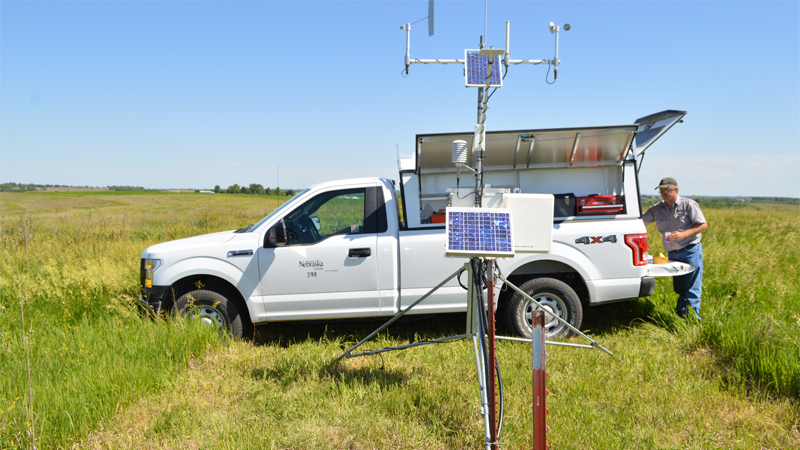
Selected Dissertations & Theses
The Last Drought Frontier: Building a Drought Index for the State of Alaska - Grace Kirchner
- Thesis Defense
- 04/18/2023
